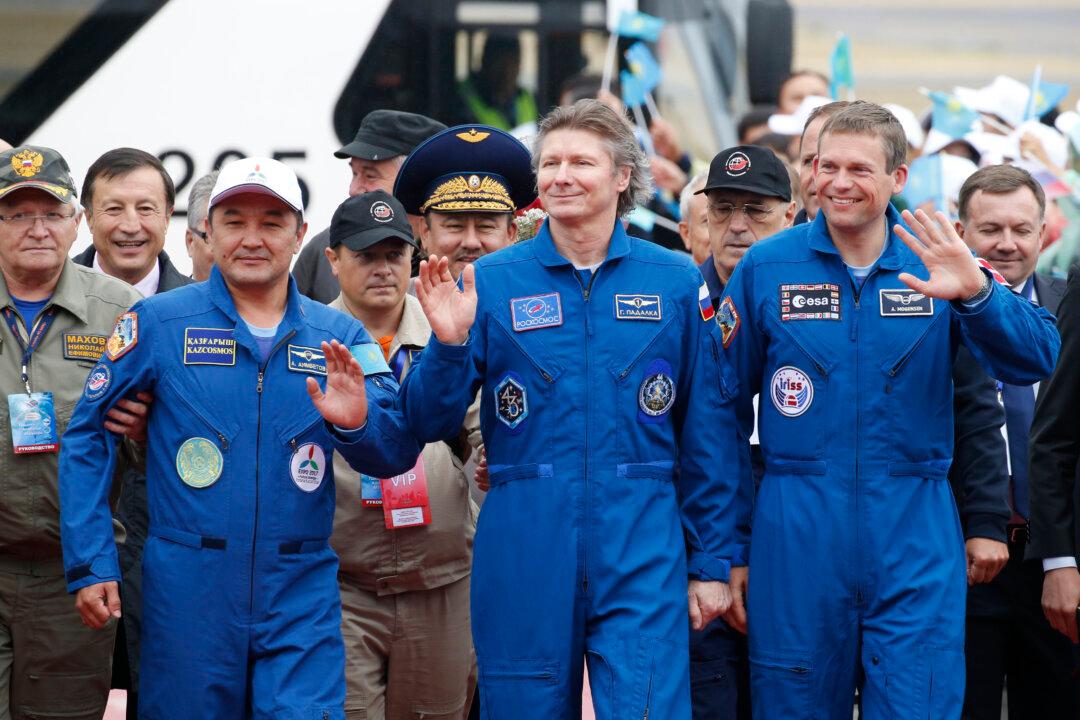Expedition 44 to the International Space Station has been successfully completed after three astronauts landed in Kazakhstan. The mission saw a cosmonaut clock up more days in space than any other human being, the launch of the most audacious twin study in the history of science, and astronauts eating lettuce grown in space for the first time.
The crew have taught us plenty about how to survive beyond our own planet—knowledge that is crucial if we want to venture out on long journeys exploring the solar system.
The Body in Space
Understanding the effects of space travel on the human body is crucial. We know that astronauts suffer from a loss of bone density, weakened muscles, reduced heart function, exposure to radiation, nutrition deficiencies, and immune system problems as well as a loss of sleep and psychological problems.
These risks are especially relevant to Padalka who has now broken the record for amount of time spent away from Earth—he has spent 878 days in space over five missions. He has said he would like to return to try for 1,000 days—which would mean spending another 122 days in space.
While we don’t know exactly what the cumulative effect would be, Padalka could be at risk of developing a range of health problems—including back problems, osteoporosis, cancer, and damage to the nervous system.
Identifying the most common health problems will be crucial. Scurvy once killed millions of sailors, but we now understand how to prevent it. However, conditions in space are very different, as microgravity and radiation play a role in affecting the biochemistry of the human body. It is important to weigh up all these factors when working out how to keep astronauts healthy during long stays in space.



